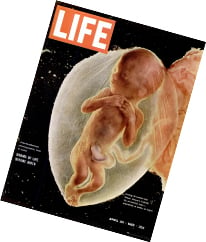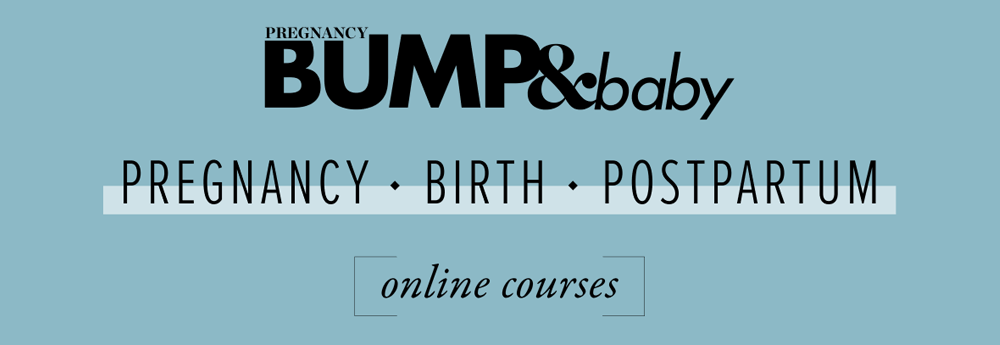Mum
Unless you have a history of miscarriages, 12 weeks is when you will go for your first scan. The scan is used to determine the health of your baby (checking mainly for Down syndrome), and it is not compulsory. For most couples, the 12-week scan is a joyous experience of seeing their baby on the screen for the first time. Limit your expectations: It won’t be a high-resolution photo, but you’ll be able to see the head and the limbs. If you pay for a 3D/4D ultrasound scan, the image will be clearer. At the end of the session, you will get the photo and video records of your baby. In some clinics, you can even print out the photo on a 3D printer.
For a more detailed review of your pregnancy screenings, check out our BUMP&baby Antenatal Course.
Fun fact: The scan uses ultrasound technology (high frequency sound waves) to see inside your body. A hand-held device slides over your abdomen, sending out a brief pulse of sound. When this pulse reaches the baby, it sends back an echo, which the ultrasound machine translates into an image on the monitor of the ultrasound machine. Diagnostic ultrasound has been used by pregnant women worldwide for over 40 years in pregnancy.
Dad
If you haven’t heard your baby’s heartbeat during a visit to your LMC, the 12-week scan is when you’ll hear it for the first time. This may be the first real confirmation of the miracle of life growing inside.
The scan will also measure the width of the nuchal fluid at the back of your baby’s neck. This measurement, combined with the mother’s age, will determine the chance of the baby having Down syndrome (a genetic disorder caused by an extra copy of chromosome 21). Please note, however, that this figure is only an indicator. If you search the internet, you will find many positive stories of healthy babies being born despite the 12-week scan giving the probability of chromosomal abnormalities at 80%. Another point to consider is that the severity of this genetic disorder varies, and that while it cannot be cured, the condition can be eased with access to professional help.
Baby
This week, you are working on your reflexes. Your nerve cells are multiplying at a rapid rate, and your brain is manufacturing synapses like it’s going out of fashion. You’ve also developed your very own pituitary gland to produce hormones. If Mum prods you, you will squirm – what a pity she won’t be able to feel it yet! Your bone marrow is making white blood cells, to keep you safe from germs once you’re born. Your eyes have moved from the sides of your face to where they should be by most beauty standards. Oh, and you are now the size of a lime … one with eyes and ears, and limbs, of course.
Things to keep in mind
- Time to start a baby registry? We’d say it’s a great time to start making a list of all of the things you might want or need for when baby arrives, and get excited about how cute and little all of the tiny clothes and shoes are.
- Continue taking prenatal vitamins, staying hydrated, eating well, sleeping and moving your body .
- Have a chat with your partner about whether or not you want to find out the baby’s gender at this stage, and/or have fun guessing the gender using these old wive’s tales in the meantime.

Photos in the bumpandbaby.co.nz/week-by-week/ are by Lenart Nilsson. Lenart's series was bought to fame when his photo, considered the greatest photo of the 20th century, appeared on the cover of Life magazine in 1965. “Everyone interprets images differently, depending on their social, cultural and religious background. In the digital era, I believe it is more important than ever to go back and take a look inside ourselves. What better way of doing that than with these photos?” ~ Jane Stene, art gallery director and curator of Lenart's definitive black and white series, told the The Guardian in 2019. It is Lenart Nilsson's wish that his images are never used for political debate about pro-life.






